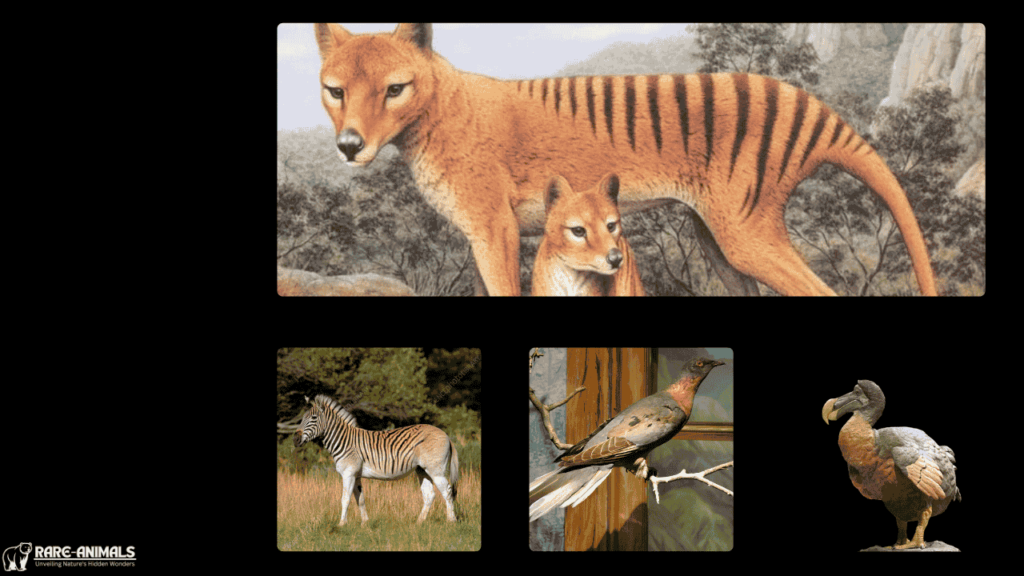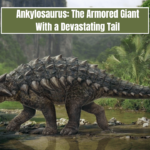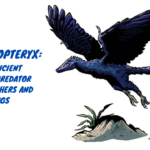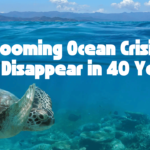Throughout history, the extinction of iconic animal species has left a profound mark on human consciousness, influencing art, literature, movies, and even global conservation movements. The stories of these animals often symbolize the fragility of nature and humanity’s role in its stewardship. This article explores famous extinct animals and their enduring impact on pop culture, from the haunting legacy of the dodo to the cinematic portrayal of dinosaurs.
1. The Dodo (Raphus cucullatus)
The dodo, a flightless bird native to Mauritius, went extinct in the late 1600s due to hunting and habitat destruction by humans and introduced species. Despite its tragic demise, the dodo has become an enduring symbol in pop culture.
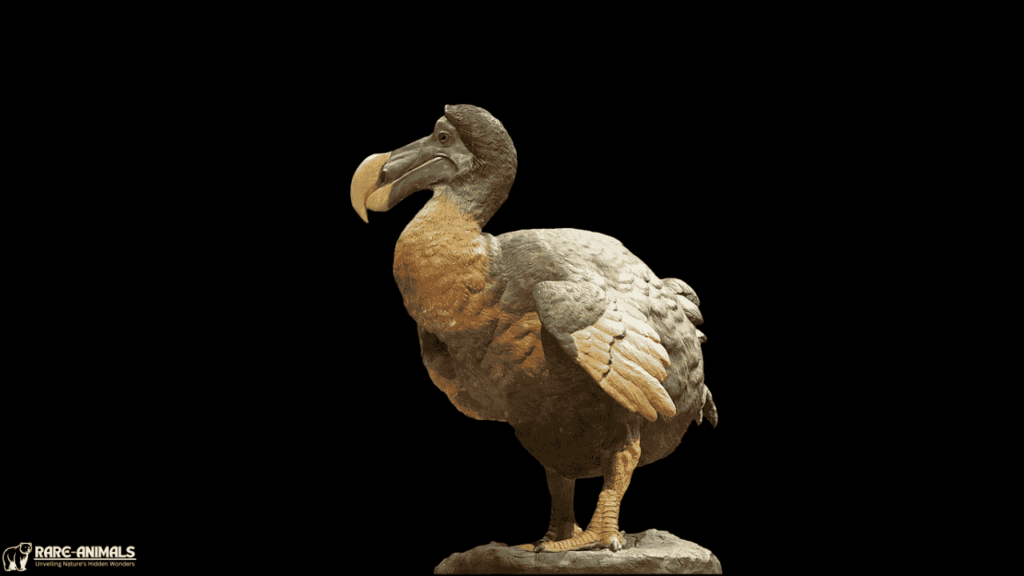
Impact on Pop Culture
- Literature: The dodo famously appeared in Lewis Carroll’s Alice’s Adventures in Wonderland (1865), where it represented whimsy and curiosity.
- Art and Illustrations: Early depictions of the dodo, though inaccurate, contributed to its mythic status.
- Symbolism: The phrase “as dead as a dodo” highlights its role as a cautionary tale about extinction.
| Cultural Medium | Representation of the Dodo |
|---|---|
| Literature | Appears in Alice’s Adventures in Wonderland |
| Popular Phrases | “Dead as a dodo” |
| Conservation Symbol | Represents species lost due to human activity |
2. The Woolly Mammoth (Mammuthus primigenius)
The woolly mammoth, a giant Ice Age mammal, roamed the tundra until approximately 4,000 years ago. Climate change and human hunting are believed to have contributed to its extinction.
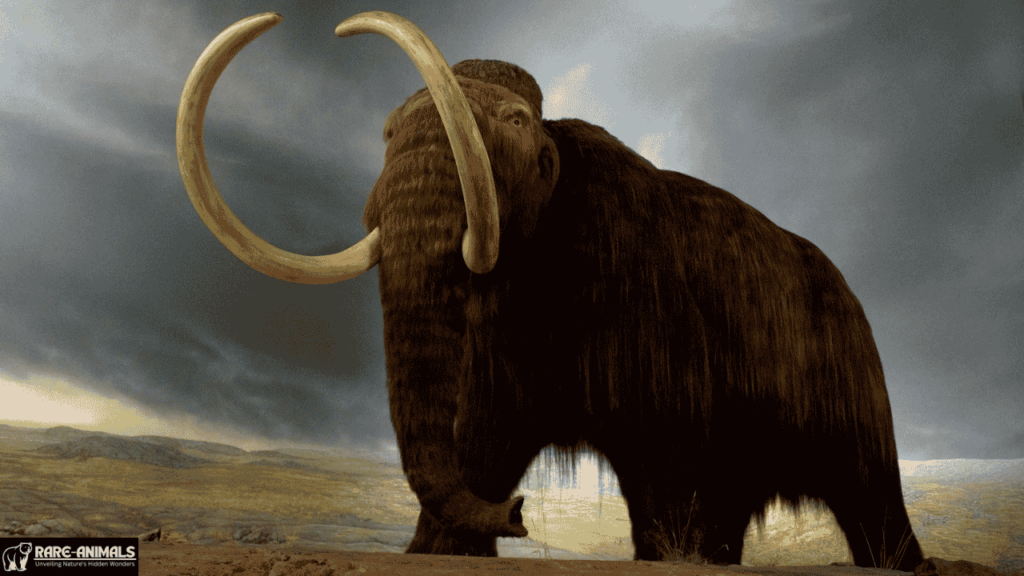
Impact on Pop Culture
- Films: The woolly mammoth has been immortalized in films like Ice Age (2002), where the character Manny serves as a lovable protagonist.
- Scientific Fascination: Efforts to de-extinct the woolly mammoth have inspired numerous documentaries and speculative fiction.
- Children’s Media: Toys, books, and cartoons often feature mammoths as a representation of prehistoric life.
| Pop Culture Aspect | Example |
| Animated Films | Manny from Ice Age series |
| Documentaries | Discussions on de-extinction efforts |
| Toys and Cartoons | Woolly mammoth figurines and animated shows |
3. The Tasmanian Tiger (Thylacinus cynocephalus)
Also known as the thylacine, the Tasmanian tiger was a carnivorous marsupial native to Tasmania. It was declared extinct in 1936 after years of hunting and habitat loss.
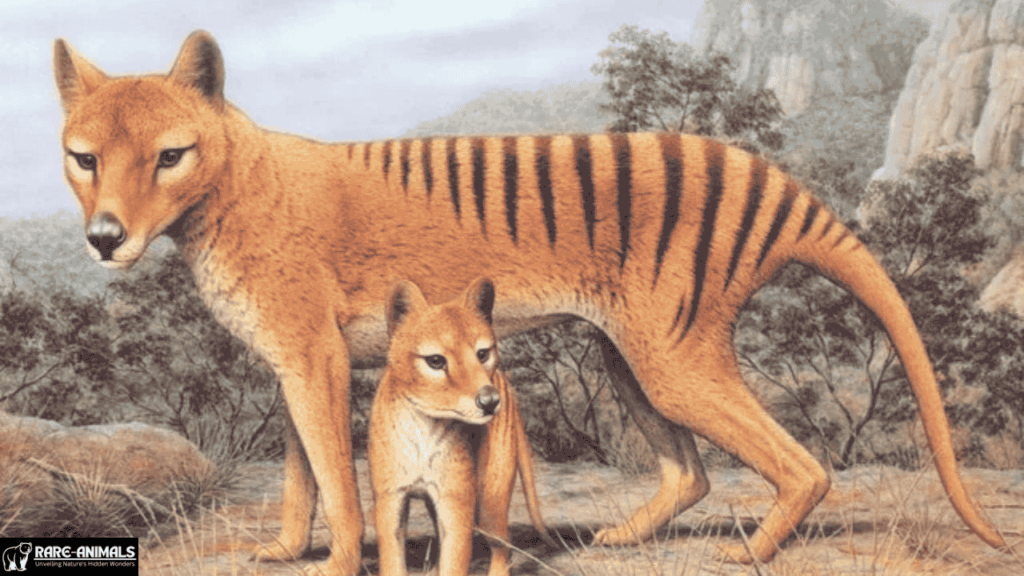
Impact on Pop Culture
- Documentaries: Films like The Last Tasmanian Tiger explore the species’ tragic extinction.
- Cryptozoology: Myths of surviving thylacines have inspired TV shows and books.
- Symbolism: The thylacine is often used as a rallying cry for wildlife conservation.
| Cultural Influence | Examples |
| Conservation Efforts | Represents the importance of protecting species |
| Mythology | Stories of thylacine sightings in Tasmania |
| Documentaries | The Last Tasmanian Tiger |
4. The Great Auk (Pinguinus impennis)
The great auk, a flightless seabird, was hunted to extinction by the mid-19th century. Native to the North Atlantic, it played a significant role in the maritime ecosystem.
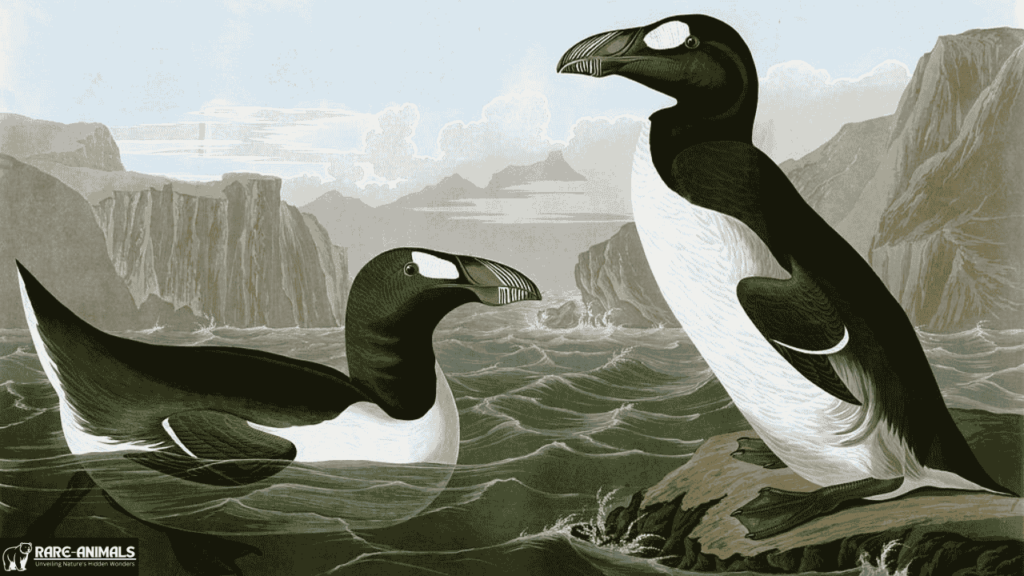
Impact on Pop Culture
- Conservation Icon: Often cited as an example of overexploitation leading to extinction.
- Art: The great auk has been depicted in paintings and sculptures commemorating lost species.
- Literature: Featured in essays and stories about human impact on the environment.
| Medium | Example |
| Conservation Campaigns | Highlighted in overexploitation discussions |
| Artistic Tributes | Memorial statues and paintings |
| Environmental Literature | Essays on extinction and ecological loss |
5. Dinosaurs
Dinosaurs, the prehistoric reptiles that ruled the Earth millions of years ago, are perhaps the most famous extinct creatures. Their discovery has fueled endless fascination and creative representation.
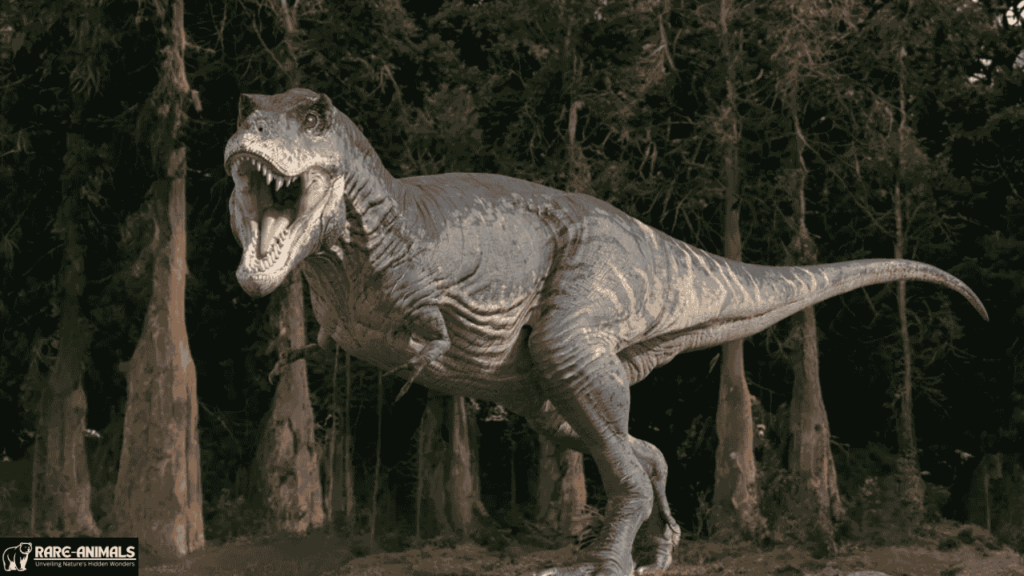
Impact on Pop Culture
- Movies: Films like Jurassic Park (1993) revolutionized the depiction of dinosaurs in media.
- Merchandising: From toys to theme parks, dinosaurs are omnipresent in consumer culture.
- Education: Dinosaurs have become a cornerstone of paleontology and children’s science education.
| Pop Culture Influence | Example |
| Blockbuster Films | Jurassic Park series |
| Educational Material | Dinosaur-themed books and exhibits |
| Consumer Products | Toys, apparel, and theme parks |
6. Quagga (Equus quagga quagga)
The quagga, a subspecies of the plains zebra, was hunted to extinction in the late 19th century. Its unique stripes made it a subject of fascination.
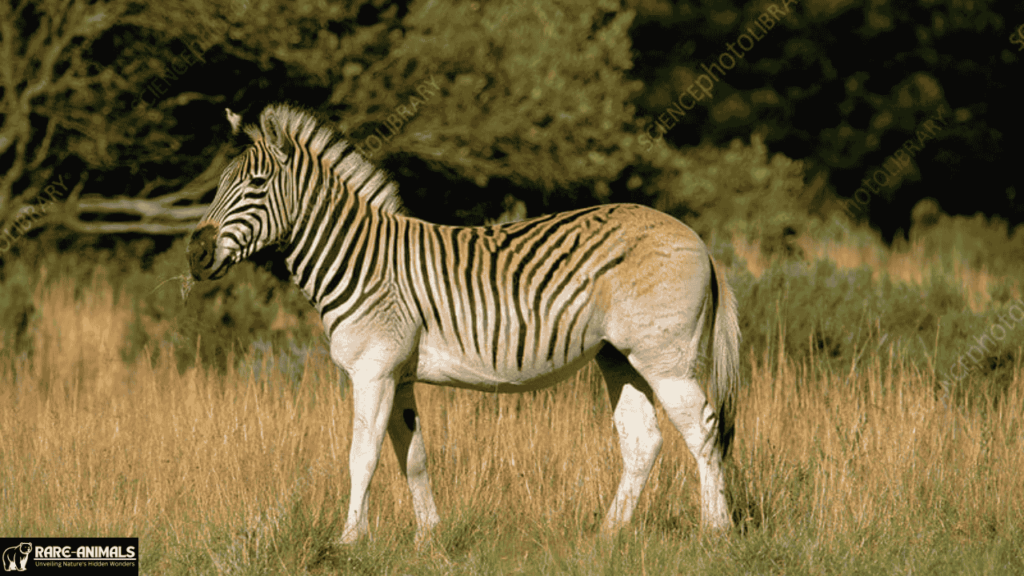
Impact on Pop Culture
- Art and Photography: Early photographs of the quagga preserved its legacy.
- Rewilding Projects: Efforts to breed animals resembling quaggas have been covered in documentaries.
- Cultural Symbol: Represents the loss of unique subspecies due to human activity.
| Aspect | Example |
| Art and Photography | Historical images of quaggas |
| Conservation Projects | Breeding programs to recreate the quagga’s traits |
| Symbolism | Loss of biodiversity due to human hunting |
7. Passenger Pigeon (Ectopistes migratorius)
Once numbering in the billions, the passenger pigeon went extinct in the early 20th century due to mass hunting and habitat destruction.

Impact on Pop Culture
- Environmental Awareness: Used as a symbol in campaigns against overexploitation.
- Artistic Representations: Poems, paintings, and essays memorialize the species.
- Documentaries: Films explore the reasons for its rapid decline and lessons learned.
| Medium | Representation |
| Environmental Campaigns | Warning against overhunting |
| Literature and Art | Works that capture the pigeon’s story |
| Media | Documentaries on its extinction |
Conclusion
Extinct animals have left an indelible mark on human culture, reminding us of the fragility of life and the importance of conservation. From the whimsical portrayal of the dodo in literature to the thrilling adventures of dinosaurs in cinema, these creatures continue to inspire and educate. By understanding their stories and their roles in pop culture, we can foster a deeper commitment to preserving the biodiversity that remains.
FAQs
1. Why are extinct animals important in pop culture?
Extinct animals serve as powerful symbols of environmental fragility and human impact. Their stories inspire art, films, and conservation movements.
2. How has the dodo become a cultural icon?
The dodo appears in literature, such as Alice’s Adventures in Wonderland, and is often referenced as a symbol of human-driven extinction.
3. Are efforts being made to bring back extinct species?
Yes, scientific projects aim to de-extinct animals like the woolly mammoth, using advanced genetic technologies.
4. What lessons can we learn from the extinction of these animals?
Their stories highlight the importance of conservation and the consequences of overexploitation and habitat destruction.
5. How are extinct animals represented in modern media?
They are often featured in movies, documentaries, and educational materials, emphasizing their unique characteristics and historical significance.
.

Alveena is an experienced content writer with a knack for crafting engaging and insightful pieces. She thrives on breaking down complex ideas and presenting them as clear, captivating content that resonates with readers.

